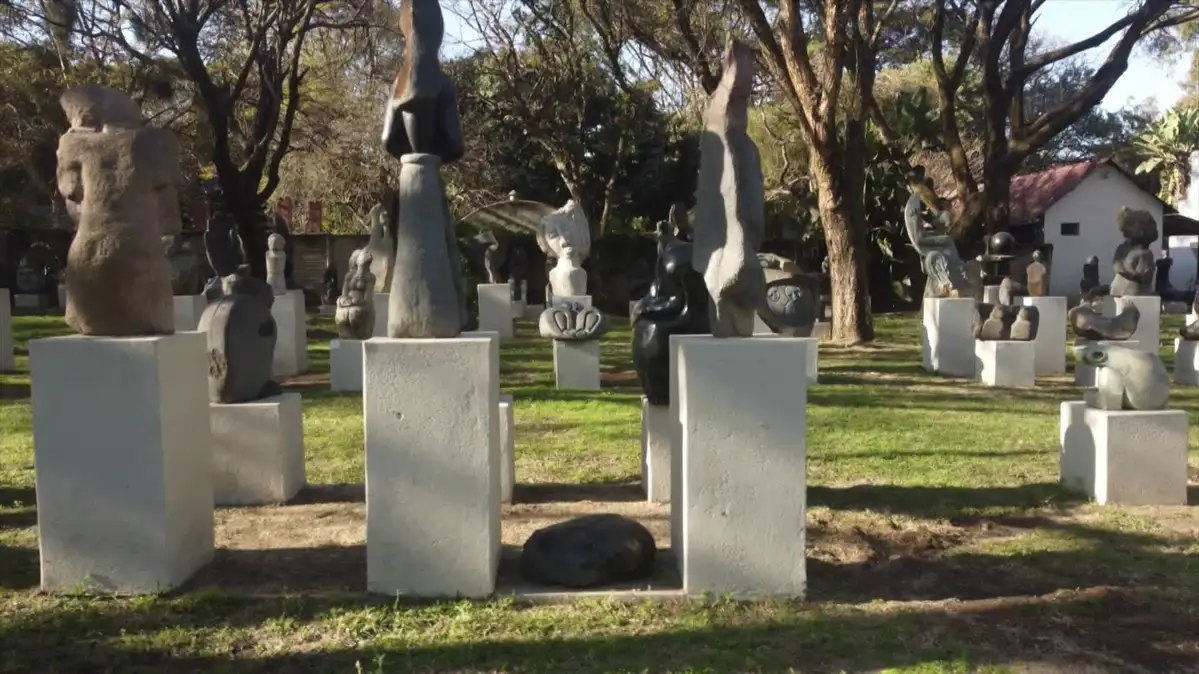In Harare, Zimbabwe’s capital, the Chapungu Sculpture Garden offers a unique fusion of art and environmental conservation. The park is a sanctuary where sculptors carve stone works of art inspired by animals and other natural forms. It, in turn is designed to protect nature. Indigenous native species have been planted there to help preserve them. Artist and park manager Nicholas Kadzungura explains that they are threatened by deforestation. The garden, founded in 1970 and named after the sacred Bateleur Eagle, serves as both a creative hub and a living classroom, where visitors learn about Zimbabwe’s rich ecological and cultural heritage.
Sculpture as a tool for wildlife and environmental awareness
Many sculptures in the park reflect Zimbabwe’s environmental challenges. "Friend of the Rhino,” a piece by the late Joseph Ndandarika, which encourages empathy and the protection of endangered species. With only around 600 black rhinos left in Zimbabwe, the message is pressing. Marcey Mushore, the park’s director, explains how animistic Shona traditions guide conservation efforts. The park also acts as a green lungfor Harare’surban sprawl. Some 2.4 million people live in its metropolitan area and pollution and disappearing green spaces are a problem.
Passing on ancestral wisdom through art education
Chapungu’s artists are committed to sharing ancestral knowledge through sculpture workshops and educational programs. Kadzungura stresses that Zimbabwe's traditional stone art is not just decorative—it carries lessons about coexistence with nature. As climate change and urban development threaten the country's wetlands and biodiversity, the park’s mission is becoming more vital. Chapungu inspires action by blending creativity, tradition, and environmental stewardship.
